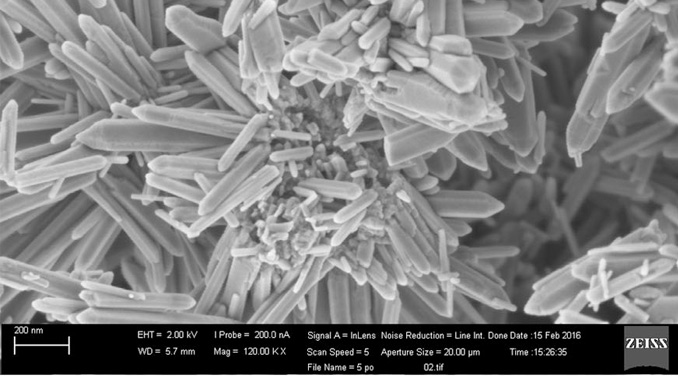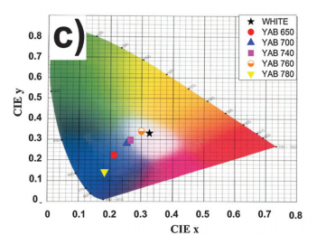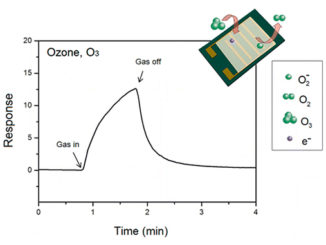
Writers:
Keywords: Erythrocytes; Human serum albumin; Neutrophils; Sonochemistry; Zinc oxide nanoparticles; Metal oxide nanoparticles; Health effects
Abstract: The application of zinc oxide (ZnO) nanoparticles in biomaterials has increased significantly in the recent years. Here, we aimed to study the potential deleterious effects of ZnO on blood components, including human serum albumin (HSA), erythrocytes and human isolated primary neutrophils. To test the influence of the morphology of the nanomaterials, ZnO nanoneedles (ZnO-nn) and nanoflowers (ZnO-nf) were synthesized. The zeta potential and mean size of ZnO-nf and ZnO-nn suspensions in phosphate-buffered saline were −10.73 mV and 3.81 nm and −5.27 mV and 18.26 nm, respectively. The incubation of ZnO with HSA did not cause its denaturation as verified by the absence of significant alterations in the intrinsic and extrinsic fluorescence and in the circular dichroism spectrum of the protein. The capacity of HSA as a drug carrier was not affected as verified by employing site I and II fluorescent markers. Neither type of ZnO was able to provoke the activation of neutrophils, as verified by lucigenin- and luminol-dependent chemiluminescence and by the extracellular release of hydrogen peroxide. ZnO-nf, but not ZnO-nn, induced the haemolysis of erythrocytes. In conclusion, our results reinforce the concept that ZnO nanomaterials are relatively safe for usage in biomaterials. A potential exception is the capacity of ZnO-nf to promote the lysis of erythrocytes, a discovery that shows the importance of the morphology in the toxicity of nanoparticles.




